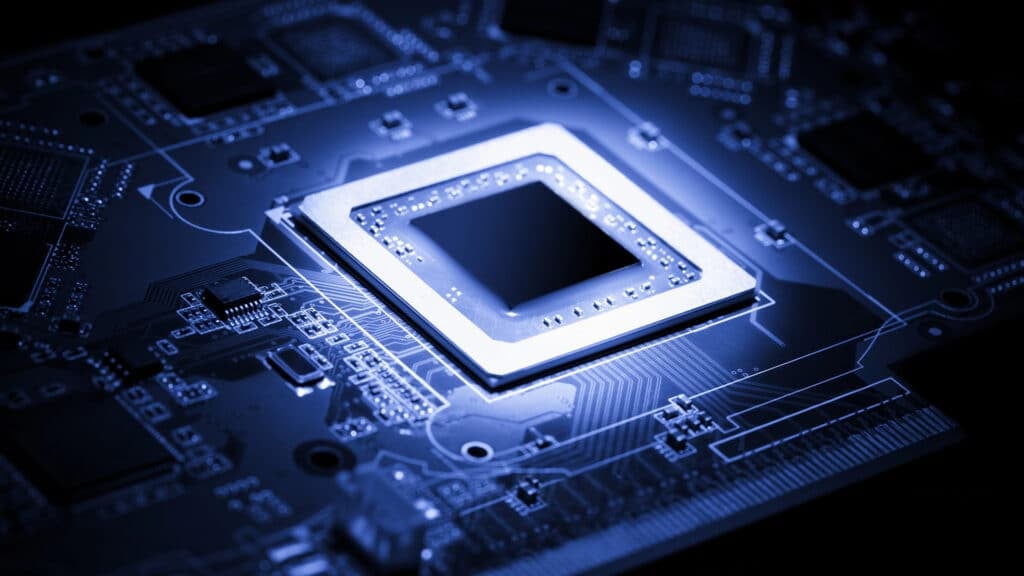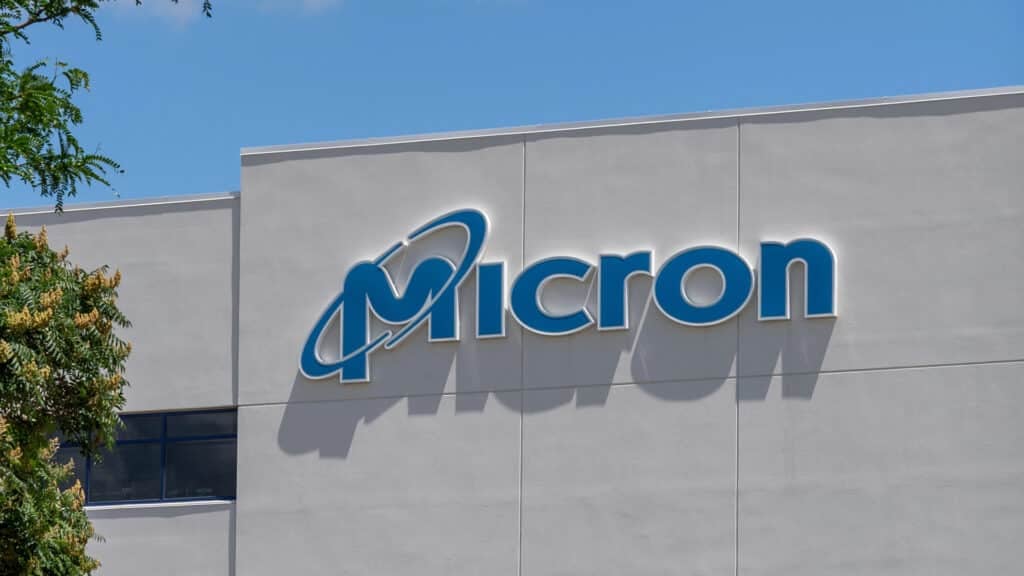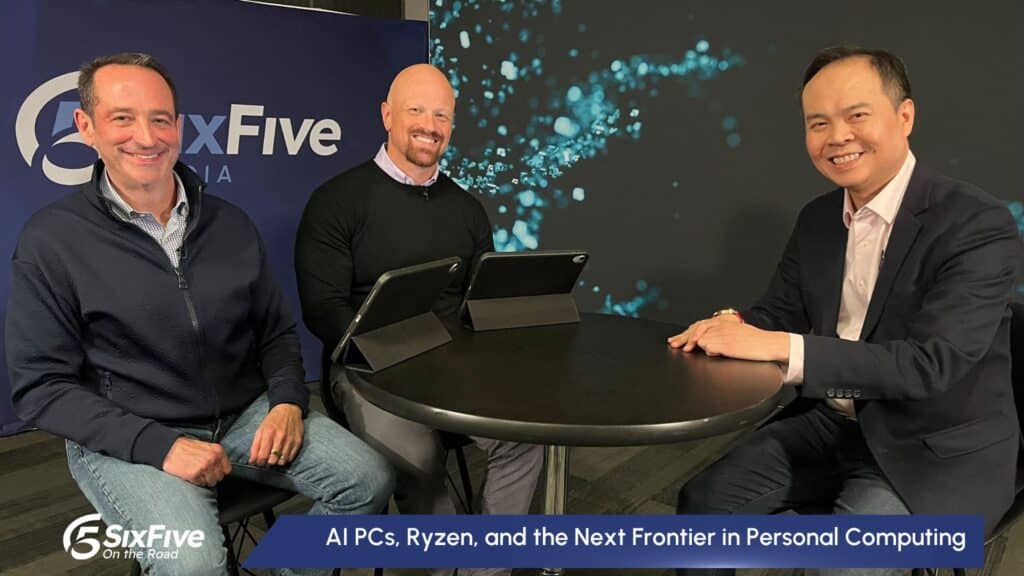The Six Five team discusses Intel Earnings and Ericsson 18A for IFS.
If you are interested in watching the full episode you can check it out here.
Disclaimer: The Six Five Webcast is for information and entertainment purposes only. Over the course of this webcast, we may talk about companies that are publicly traded and we may even reference that fact and their equity share price, but please do not take anything that we say as a recommendation about what you should do with your investment dollars. We are not investment advisors and we ask that you do not treat us as such.
Transcript:
Daniel Newman: Look, this was one, I think we were all kind of holding our breath and plugging our noses, and not quite sure what to expect. It had been a couple of really tough quarters. You and I had the chance to talk to Pat Gelsinger, ask him some questions. I’ve shared my sentiments on Twitter, you can see those in the show notes. I won’t repeat it because I’ll probably get it wrong given the time of day. So, the long and short, much, much, much improved performance this quarter. After some to consecutive quarters of losses, the company actually got back to profit, not by a lot, it was 13 cents adjusted against 3 cents expected, and they beat on revenue at 12.9, versus 12.13.
Before anyone calls me out on this, because I’ve already had to have this debate on Twitter and on LinkedIn and everywhere else I posted, yes, there were some things done on the adjusted side to EBITDA that made the number bigger. Every company does that though, so if you’re going to go after Intel, you do really need to start scrutinizing every adjusted earnings report the same way, because they had some things written down. There’s some things done with depreciation, there’s some things where they change amortization. People, companies do this to hit their numbers. Numbers are not always hit on the top end, they’re sometimes hit on the bottom, on the back and the corner and adjusted EBITDA is one of the biggest gifts to CFOs on the planet, because it gives a lot of flexibility for how revenue is recognized, when it’s billed, where it’s invoiced.
Now we’re going to start making judgments about people because people are packing the channels at the end of quarters, or Apple shipping lots of units into their stores to hit certain numbers. I digress, but I just felt that was good to say, because I had a bunch of people come after me for claiming this was a better quarter. In every way, this was a better quarter. Now, let’s be fair, still down year over year, but that was also expected. We’re in the middle of what’s still considered to be a pretty strong gully for devices. They showed some robustness and I believe, Pat, can you nod for me if I’m right? That they actually said they reclaimed some share in notebooks, and that’s after it’s been quite a run of seating share, so that should be seen as a positive thing. Server numbers are still pretty tough, but the company has seen a really, really significant uptick in its book and its opportunities around Gaudi and around its AI accelerators, which by the way, had they not said that, I’d be very concerned right now.
The company has also seen one of the best quarters it had seen in quite a long time for its foundry business. I need to spend a little more time on that, to figure out exactly what’s driving. But, in our conversation with Pat, he did talk about shortening time to time cycles to revenue with packaging, as well as, probably the biggest thing of note, at least for me, Pat, was he was very confident in reiterating the five and four. Now, given the operational woes that the company has had, over the past several years, is there a more important thing for Intel than getting the five and four done and getting it done as close to on schedule as possible, while preserving market share, preserving customers, while preserving reputation? And, of course, margin.
That’s the fourth thing, and that’s probably one of the biggest no-nos on Intel’s overall number, its margin has eroded immensely. Wasn’t it in the fifties, about six to eight quarters ago, and now it’s sitting in the high thirties. So, that margin erosion has definitely worked against the company. But Pat, this was the first time on earnings that I actually saw the stock move meaningfully. It was up a few dollars and it seemed that this might have broken the log jam. So, my prediction, as I turn it over to you is, this last quarter was the bottom, this is the start of a slow but encouraging turnaround for the company.
Patrick Moorhead: Yeah, it was really awesome talking to Pat Gelsinger for a few minutes. It was 5:00 AM in Seoul, and yeah, it seems like it was a week ago, but it was maybe a day and a half ago. So, I think it’s important. So, first of all, I think two things are important. I think it’s important for people to understand the continuum of AI. Listen, the frothy PCI express cards for training and systems are frothy, as frothy, as crazy, nutty, and everybody likes to talk about NVIDIA. The reality is that AI is a workload and it’s spread across everything, from PCs to the carrier edge, to the data center, to the hyperscaler cloud and everything in between. Just by the way, we have machine learning today in a $5 SOC or in an FPGA, that you get a year’s battery life out of, it’s a continuum.
Although it’s not as simple to look at Intel and say, “Oh, the number of PCI express cards,” they’re not GA on their GPU based card yet. They are with Havana and they are set up with AWS, and I am intrigued about some of the judo moves that the company is making out there. The other thing, and we don’t talk about this, is still today more AI workloads are inferred on CPUs than they are on GPUs or accelerators. But, I know it’s not as sexy, so people don’t talk about it. But, I do believe that Intel will absolutely and is actively participating in this lift of AI. Every one of the latest DGX systems from NVIDIA comes with the latest SOC Sapphire Rapids from Intel. So, I think that it’s important for people to look at this holistically, even though it’s not as simple or as frothy.
Here’s the other thing, when you’re a company in Intel’s position, that has had a pretty severe degradation of financials and had years of problems getting their FAB’s act together, it’s sometimes easy to forget about all the pluses that are going on. By the way, the first time I ever talked to Pat G., when he came back and he was talking about five nodes in four years, I put that as the most important thing the company can do. People were like, “You’re crazy. It’s about the design,” and the design is important, but if you can’t actually get the design and manufacture it effectively and on time, you’re going to lose. At a minimum, if you have an amazing process, you can fab anybody’s product.
Ironically so, prior to CEO prior BK, that was his mantra that said, “We don’t always have to have the best designs. You’re going to have to fab everything in our FABs. Well, he took a two-year lead and turned into a three-year catch up, and Pat and company are cleaning up the mess right now. But, it’s easy when you get in this position to shield it from the great stuff that is going on. Sapphire Rapids took a long time to get out, it’s one of the most sophisticated chips that I’ve seen in a long time, primarily given all the accelerators. Oh, and by the way, it was the first chip based architecture that Intel did, now we’re going into heavy duty Meteor Lake.
Daniel Newman: Oh, all right. So, maybe a little audio there, but you know what, if you didn’t hear it, Pat basically reiterated that he’s right, he’s smart, and that’s consistent. In all joking though, look, you called the shot. You got the shot, right, and that deserves some attention. But, the other thing is the company does, and I like that you called out the accelerators on the CPU Pat, because people keep forgetting that, and Pat did reiterate that to us. It’s not all about AI on the GPU. There’s a lot of acceleration that’s going to be done not on GPUs. There’s going to be a lot of things done on ASICs, a lot of things gone on.
Patrick Moorhead: Yeah, what’s the accelerator inside of an A 100? It’s a tensor core. A tensor core is an ASIC, right? So, it’s kind of funny, and even in their GPUs, they do the same thing. One thing we didn’t talk about was the win. The Ericsson 18 Angstrom win, for IFS. Here’s another thing I called, it hasn’t come true yet, but I believe that once IFS shows that it can deliver bleeding edge and leading edge, the US is going to move from military, has to be done in the United States, which is called the RAMP program, right now it’s RAMP-C, to all of critical infrastructure, which China did 20 years ago to US tech manufacturers. Ericsson, right? World leader in carrier equipment, signed up for 18 Angstrom to do ASICs and SOCs there. So, big win. Nobody’s talking about it.
Author Information
Daniel is the CEO of The Futurum Group. Living his life at the intersection of people and technology, Daniel works with the world’s largest technology brands exploring Digital Transformation and how it is influencing the enterprise.
From the leading edge of AI to global technology policy, Daniel makes the connections between business, people and tech that are required for companies to benefit most from their technology investments. Daniel is a top 5 globally ranked industry analyst and his ideas are regularly cited or shared in television appearances by CNBC, Bloomberg, Wall Street Journal and hundreds of other sites around the world.
A 7x Best-Selling Author including his most recent book “Human/Machine.” Daniel is also a Forbes and MarketWatch (Dow Jones) contributor.
An MBA and Former Graduate Adjunct Faculty, Daniel is an Austin Texas transplant after 40 years in Chicago. His speaking takes him around the world each year as he shares his vision of the role technology will play in our future.





